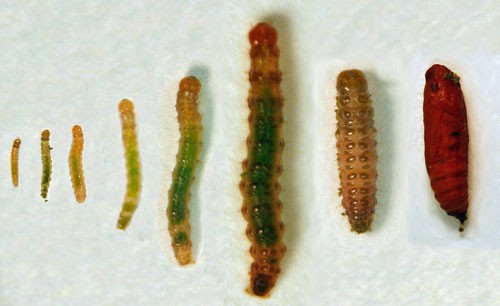
Sod Webworm
As you may be aware of already, Sod Webworm are making a comeback this year. Below is a quick and simple guide of what to look for and what to do to help keep your lawn beautiful against this invasive pest.
What To Look For
- Sod Webworm Bites
- Sod Webworm Damage
- Primarily the moths flying around the grass and ground cover. It is normal to see one or two moths in your yard, but when it becomes ten, twenty or even a swarm it is time to take action.
- Areas of grass that are inexplicably shorter than others and may appear thinner.
- Browning or thinning areas that were otherwise recently healthy (within the last few days or a couple of weeks.)
- You can look for the caterpillars (flush them out with a mild soapy water to get them moving) but if you have the moths and damage then I would treat regardless.
IMPORTANT:
These pests DO NOT kill your grass on their own. They eat the blades leaving exposed runners and thatch that make the grass appear dead or dying. It would need to be already weak or additional stress added for the grass to die.
What To Do / Not To Do
With this in mind, if you do see damage we recommend:
DO:
- Do monitor your yard regularly, daily if possible
- Do consult our list of treatment recommendations below and let us know your preferred course of action.
- Do take pictures or flag any noticeable damage so you can easily judge if the damage is spreading.
- Do apply a thin layer of compost to areas of damage. Please contact us for when we can schedule this or for product recommendations if you want to do it yourself.
- Do hand pull weeds, once damage occurs we have to avoid all stress including using herbicides.
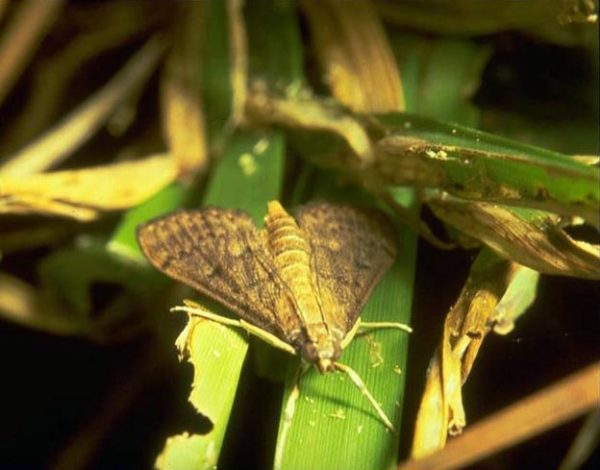
Sod Webworm moth
DO NOT:
- Do not panic about moths, they are likely to be around for the rest of the year and are not a particularly useful indicator of whether you will see additional damage.
- Do not rush to treat your lawn, a lawn that is able to hold it’s own will be healthier and more attractive long term
- Do not apply chemical pesticides, you are more likely to kill off natural predators than control webworm for any length of time
- Do not overwater the damaged area, as long as the soil is moist and the runners are a healthy green the grass has what it needs and additional watering might encourage the webworm
- Do not use a weed eater on the damaged area, grass should be cut with a residential push mower only if it grows to 3”, avoid all unnecessary traffic on the area
- Do not worry about your landscape, neither the moths nor the worms eat shrubs or flowers ( the moths love to hang out there for shade)
Treatment recommendations:
- Apply beneficial Nematodes annually. Please note the soil temperature has to be in the mid 80’s or below. This is the only treatment we can recommend that won’t have any adverse side effects.
- Monterey BT, Summit BT or organic worm/caterpillar specific. NOT a general chemical pesticide: This will require further applications at 1-2 week intervals until damage begins to recover and no new damage is seen. We only suggest this for lawns with severe damage until Nematodes can be applied.
YOU WILL CONTINUE TO SEE MOTHS. No matter what, you will almost certainly continue to see moths as they fly in from other untreated areas. Any treatments attack the caterpillars that eat the grass – the moths themselves do not cause damage.
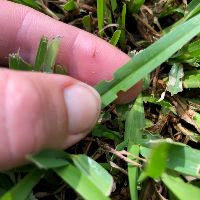
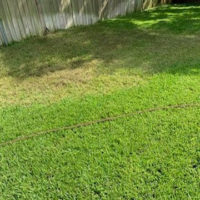

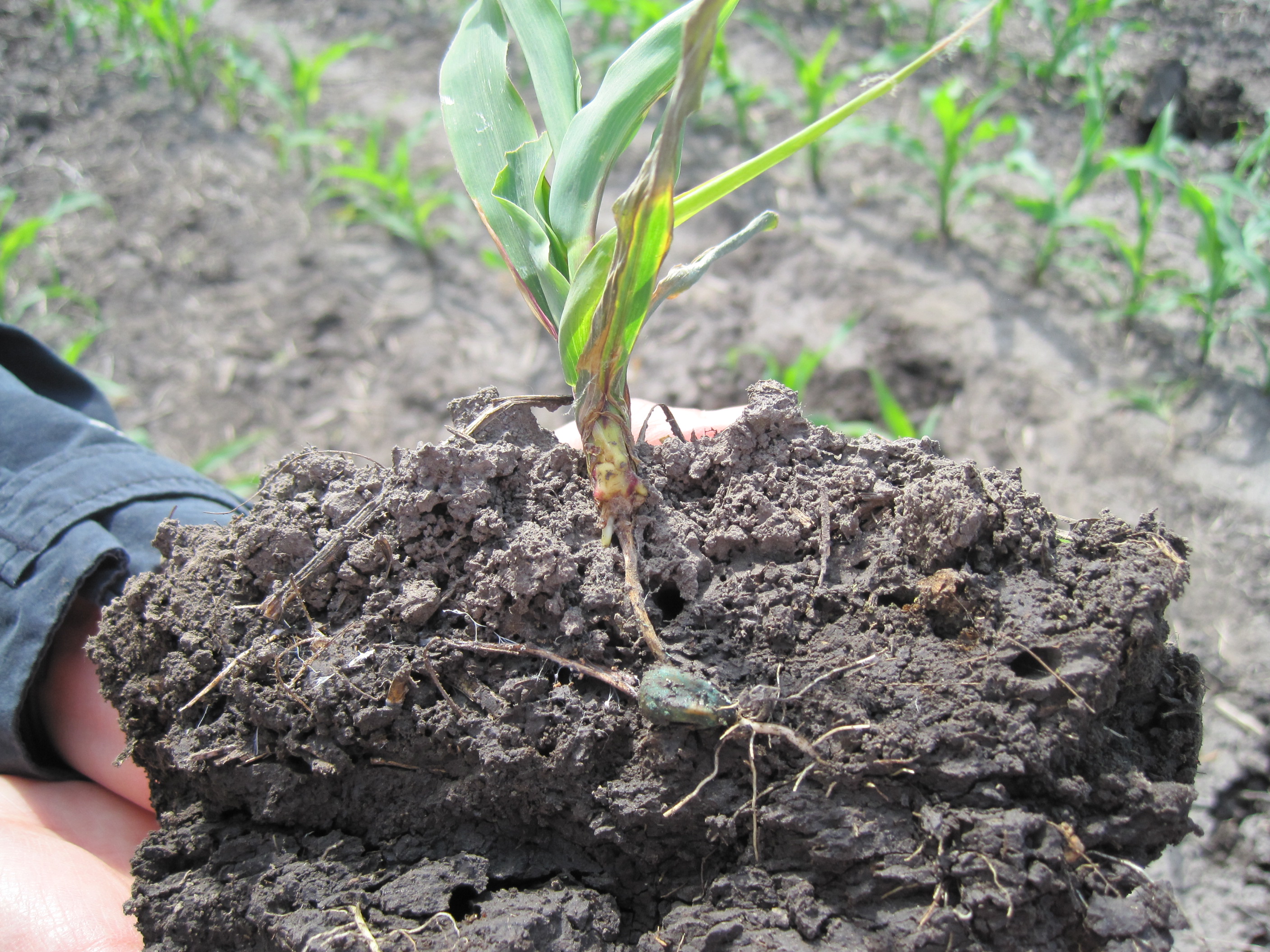
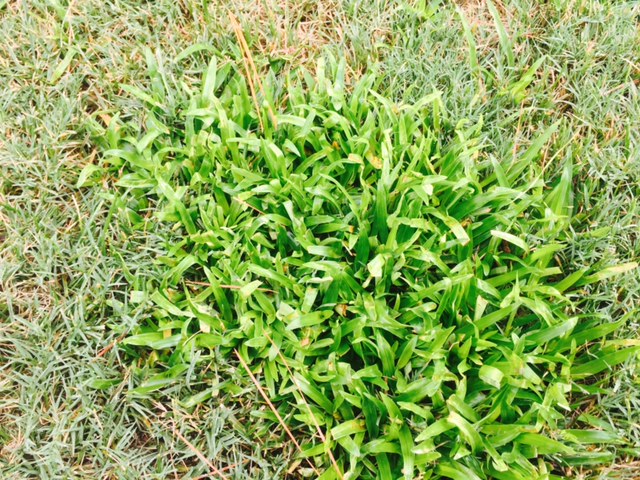
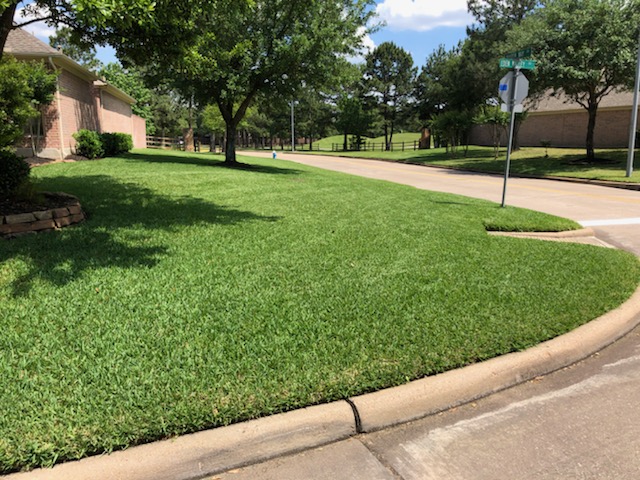
Leave A Comment